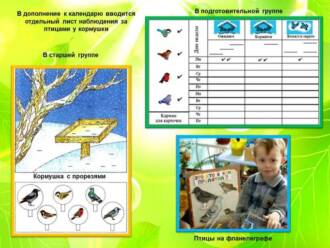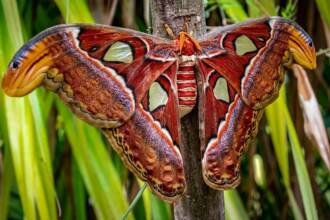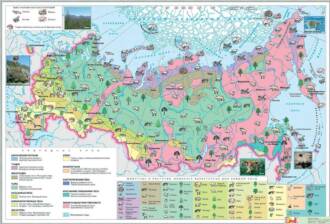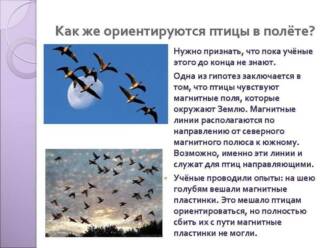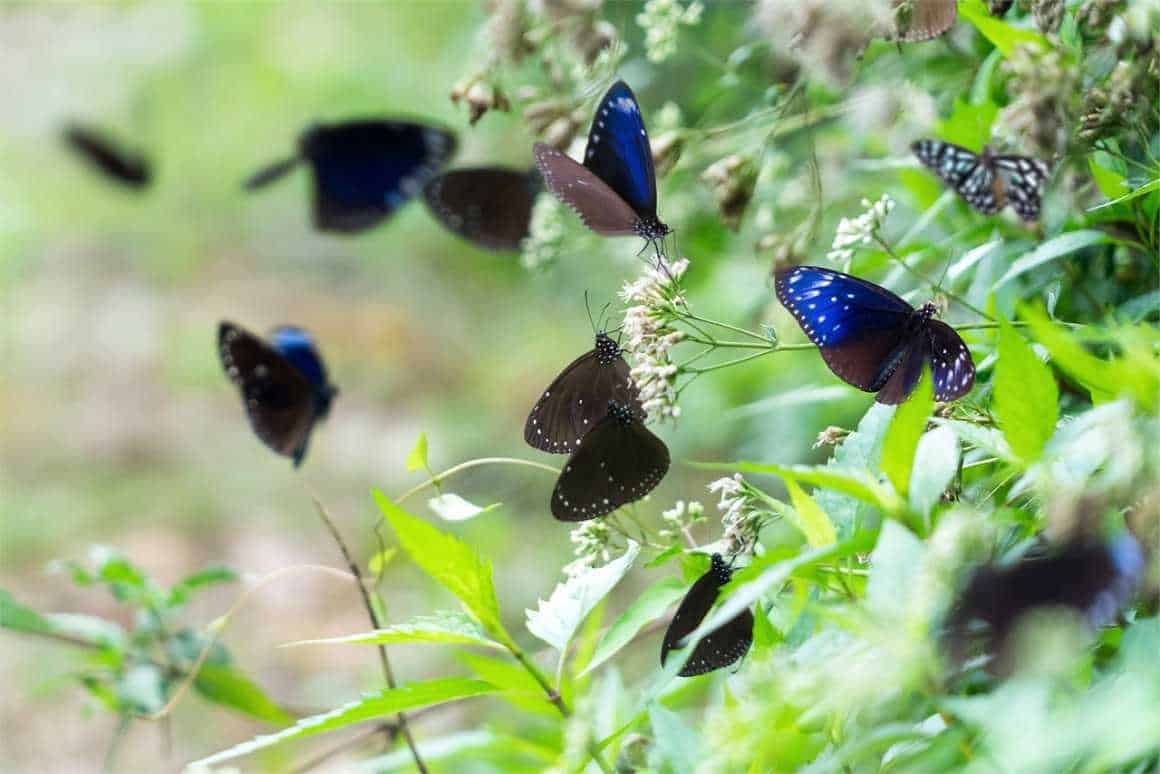
Butterflies are one of the most beautiful and amazing insects on our planet. They have a variety of shapes, bright colors and delicate wings that attract the attention of nature lovers. It is especially interesting to observe butterflies near rivers and lakes, where they are in their natural habitat and perform important ecological functions.
There are more than 180,000 species of butterflies in the world, and many of them can be found near rivers and lakes. They vary in size, wing shape, coloring and behavior. Some species of butterflies are active during the day and are called diurnal butterflies, while others prefer activity at night and are called nocturnal butterflies. There are also species that can be active both during the day and at night.
Watching butterflies near rivers and lakes is an interesting and exciting activity. It allows you not only to enjoy the beauty of these delicate creatures, but also to study their behavior, migration, nutrition and interaction with other organisms. In addition, observing butterflies can be useful for natural sciences such as entomology and ecology, and helps scientists collect data on the distribution and population changes of different species.
The importance of biodiversity in natural bodies of water
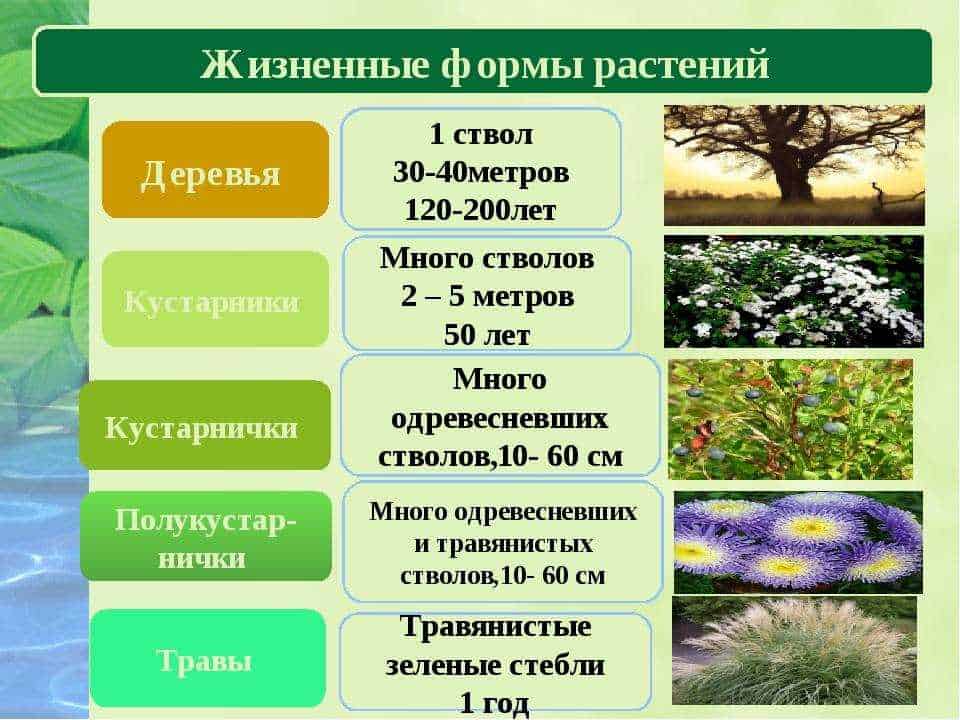
The biodiversity of natural water bodies plays an important role in maintaining ecological balance and the viability of ecosystems. Bodies of water such as rivers and lakes contain a huge variety of living organisms, including plants, bacteria, fish and insects, including butterflies.
Preserving the biodiversity of natural bodies of water has several important reasons:
- Environmental stability: A large number of different species of organisms in water bodies ensures the stability of the ecosystem. Each organism plays a specific role in the food chain and ecological processes, which helps maintain balance in natural bodies of water.
- Improving water quality: Some species of organisms in water bodies are capable of purifying water from pollutants and nitrates. Biodiversity helps maintain water quality and prevents pollution.
- Economic value: Natural bodies of water are an important source of food, water, and recreational opportunities for many people. The biodiversity of natural bodies of water supports the economic activity and prosperity of the regions where they are located.
Preserving the biodiversity of natural water bodies is a task that requires efforts on the part of states, organizations and the public. The protection and restoration of aquatic ecosystems should become priority measures to preserve natural heritage and ensure sustainable development of future generations.
Unique species of butterflies living near rivers and lakes
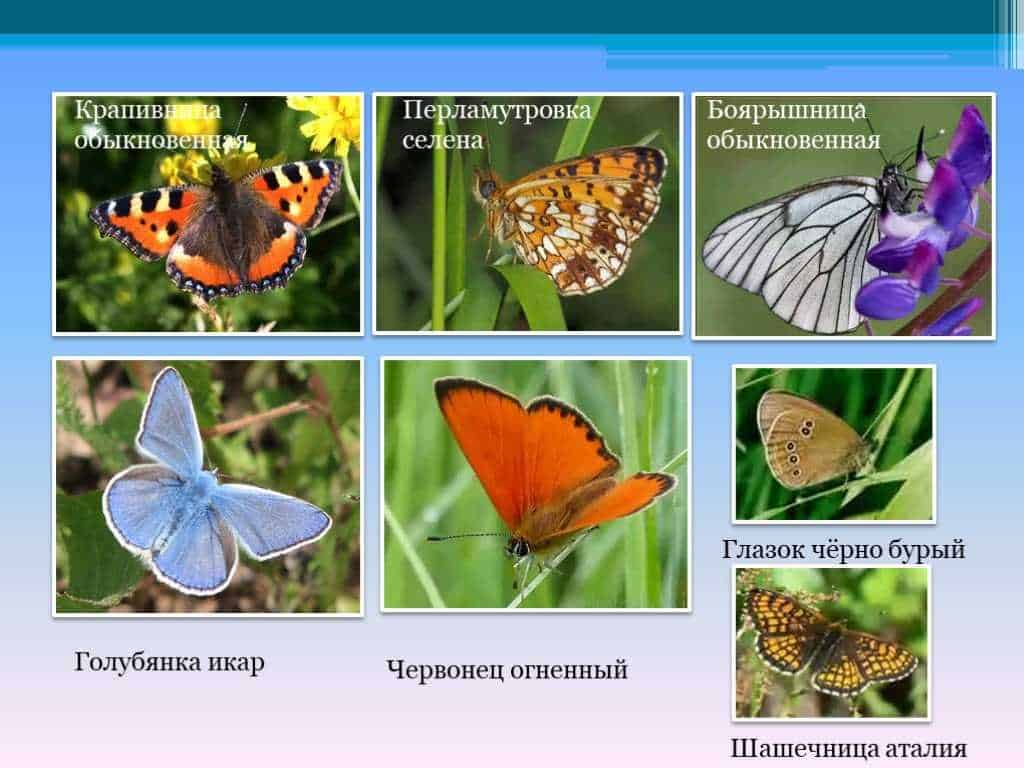
Rivers and lakes provide unique habitats for many species of butterflies. These aquatic ecosystems contain a variety of species that have adapted to life near water.
Blue bunch (Polyommatus icarus) is one of the most common butterfly species that can be seen near rivers and lakes. This butterfly's wings are painted a soft blue color, and there are many black dots on their surface.
Northern Admiral (Limenitis camilla) is a beautiful species of butterfly that lives along the rivers and lakes of northern Eurasia. It is distinguished by large wings with black edging and bright orange spots.
white butterfly (Pieris rapae) is one of the most common butterfly species that can be found near rivers and lakes. It has white wings with black speckles and an orange tint at the wing tips.
Tirfil (Coenonympha tullia) is a small butterfly that prefers to live near small rivers and lakes. She has brown wings with orange spots and white edges.
By meeting these unique butterflies near rivers and lakes, you can enjoy their beauty and grace, as well as learn more about the diversity of nature in aquatic ecosystems.
Blue blizzard: a beautiful butterfly among water landscapes
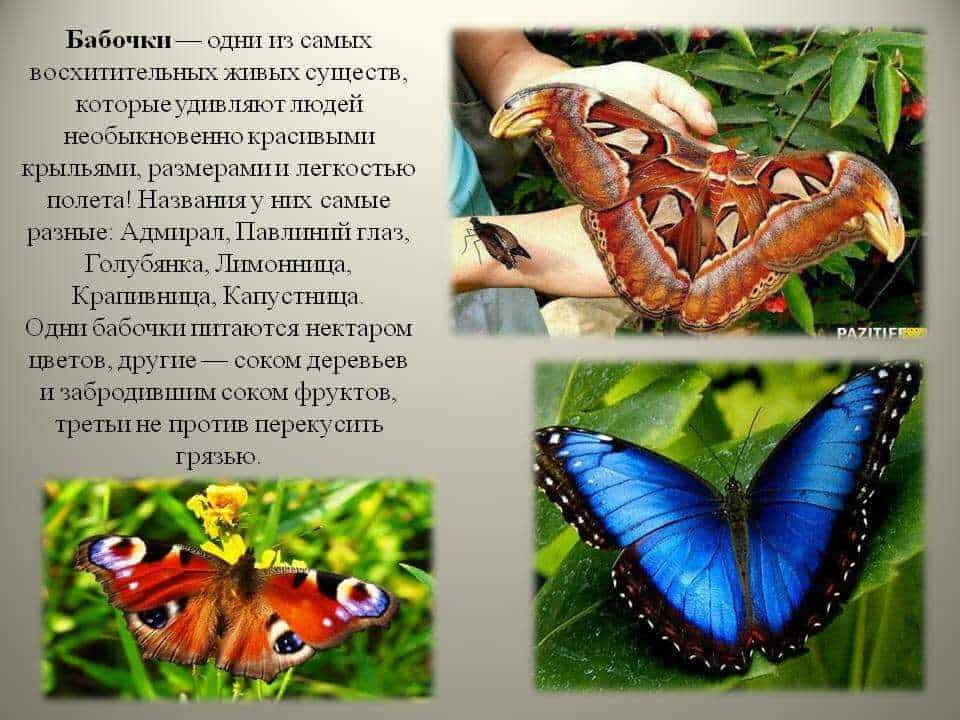
The blue blizzard is one of the most beautiful butterflies that can be found near aquatic landscapes such as rivers and lakes. Its bright bluish color attracts attention and creates a unique image. The butterfly has a small size and delicate wings, decorated with patterns and tints.
The blue blizzard lives close to water, as its larvae develop on aquatic plants. She is active in the warm season and prefers sunny places where her beautiful flights can be observed. The butterfly feeds on the nectar of flowers, so you can often see it in flower meadows and near ponds.
Blue blizzard is one of the insect species that attracts the attention of researchers and nature lovers. Watching her is a real pleasure. The beauty and tenderness of this butterfly creates a special atmosphere and brings joy to everyone who sees it.
If you want to learn more about bluebirds and other butterflies that live in aquatic landscapes, you can read special books and studies, visit museums and exhibitions, and join excursions and tours where experienced guides will tell you interesting facts and show you real butterflies in their natural habitat.
Shipwing butterfly: grace and ease of flight

The shipwing butterfly is one of the most graceful species of butterflies, possessing incredible grace and ease in flight. This species of butterfly attracts attention with its wings, which resemble the shape of a ship and give the impression of sails. The shipwing butterfly is often found near rivers and lakes, where it deftly soars in the air, as if dancing with the winds.
The wings of the shipwing butterfly have a unique structure that allows them to move easily and quickly in the air. They are covered with thin scales, which makes them easy to fly. Thanks to this feature, the shipwing butterfly is able to fly long distances and confidently maneuver in the air.
The graceful flight of the shipwing butterfly is evident not only in its lightness and fluidity of movement, but also in its elegant poses. When she lands on a flower or leaf, she unfolds her wings and shows her beauty to the world around her. Her movements resemble a dance, which she performs with incredible grace and grace.
The shipwing butterfly is one of the unique species of butterflies that lives near rivers and lakes. Her grace and ease of flight make her a true symbol of beauty and elegance in the insect world.
Rare species of butterflies found near bodies of water

Reservoirs are a unique habitat for many species of butterflies. Their moist and nutritious environment provides ideal conditions for the reproduction and development of various species. Some of these species are rare and endangered.
1. Bear butterfly (Arctia caja)
The bear butterfly is a rare species that can be found near bodies of water. Its bright colors and unusual appearance make it easily recognizable. It lives near water and feeds on various types of plants that grow around bodies of water.
2. Mace butterflies (Papilionidae)
Clubfoot butterflies are large and colorful members of their family. They live near rivers and lakes, where they find food plants for their caterpillars. Some species of club moths, such as the Apollo and cricket, are very rare and protected species.
3. Golden Head Butterfly (Colias hyale)
The golden-winged butterfly is found near reservoirs with sandy shores. Its bright yellow coloring and black-edged wings make it very noticeable. She prefers to drink nectar from flowers growing near water and lay eggs on plants that grow on sandy shores.
4. Blue butterfly (Polyommatus bellargus)
The blue butterfly is a rare species that can be observed near water bodies. It is distinguished by its pale blue coloring and wings with black spots. The blueberry butterfly prefers to live near bodies of water with an abundance of flowers, on which it feeds on nectar.
Rare species of butterflies found near water bodies are important indicators of the ecosystem and require special protection and attention. Studying and protecting these species will help preserve the biodiversity and uniqueness of aquatic ecosystems.
Observing and photographing butterflies near water bodies

Watching and photographing butterflies near bodies of water is a fun and exciting activity for nature lovers. In these unique places you can find various types of butterflies that attract attention with their beauty and sophistication.
One way to observe and photograph butterflies near water is to use binoculars or a telescope. With their help, you can examine the wings and body of butterflies in more detail, as well as study their behavior. It is necessary to choose a convenient place for observation, where you can see as many butterflies as possible.
To photograph butterflies near bodies of water, you need to use a camera with a good macro lens. This lens allows you to take high-quality and detailed pictures of butterflies. To get the best results, it is recommended to photograph butterflies in sunlight while they are actively flying around the pond.
When observing and photographing butterflies near bodies of water, you must be careful not to harm these beautiful insects. You should not catch them with your hands or use special nets to catch them. It is best to simply observe and photograph them in their natural habitat.
Observing and photographing butterflies near water bodies is a great opportunity to learn more about the diversity of these beautiful insects. With each observation, you can add to your collection of photographs and get to know new species of butterflies. It is important to remember that nature is a unique world that must be protected and preserved for future generations.
Protection and conservation of butterflies and their habitats

Butterflies are an important part of the ecosystem and play a role in pollinating flowers as well as providing food for other animals. However, many butterfly species are under threat due to the loss of their natural habitat.
One of the main causes of habitat loss for butterflies is the destruction of their habitats by development and agricultural land. This results in fewer food and shelter resources for butterflies.
To protect and preserve butterflies and their habitat, the following measures must be taken:
- Creation and preservation of natural reserves and parks. This will preserve natural habitats for butterflies and provide them with sufficient resources.
- Support and development of habitat restoration programs. This includes planting perennial flowers and plants that provide food sources for butterflies, as well as creating special areas with plants that attract butterflies.
- Limit the use of pesticides and insecticides. These chemicals can have negative effects on butterflies and their habitats. Therefore, it is important to use more environmentally friendly pest control methods.
- Popularization and education. It is important to educate people about the importance of butterflies and their habitats, and what steps can be taken to protect them. This may include holding educational events, publishing information materials and creating special displays in museums and gardens.
The protection and conservation of butterflies and their habitats is an important task that requires joint efforts by government agencies, scientific and educational institutions, and the public. Only in this way can we ensure the preservation of the diversity and beauty of these amazing creatures.

